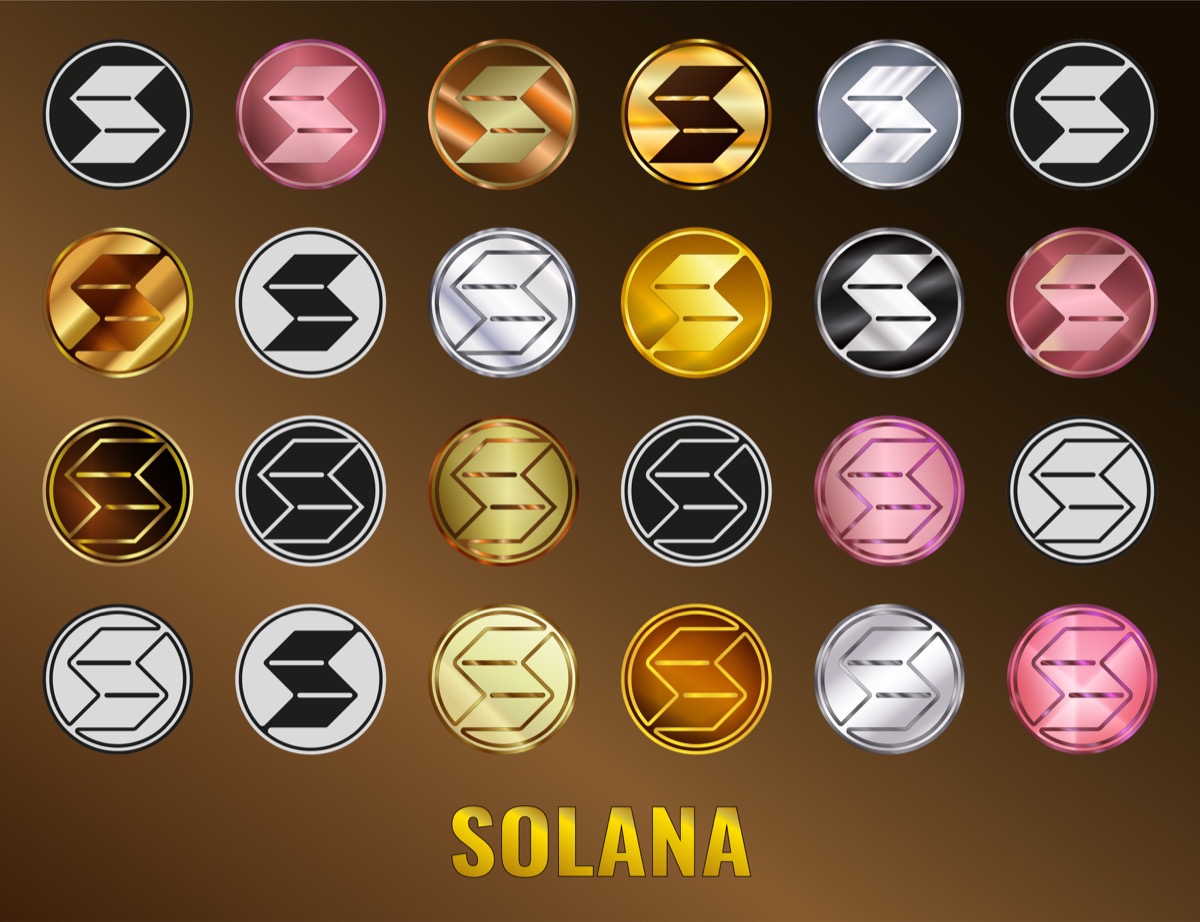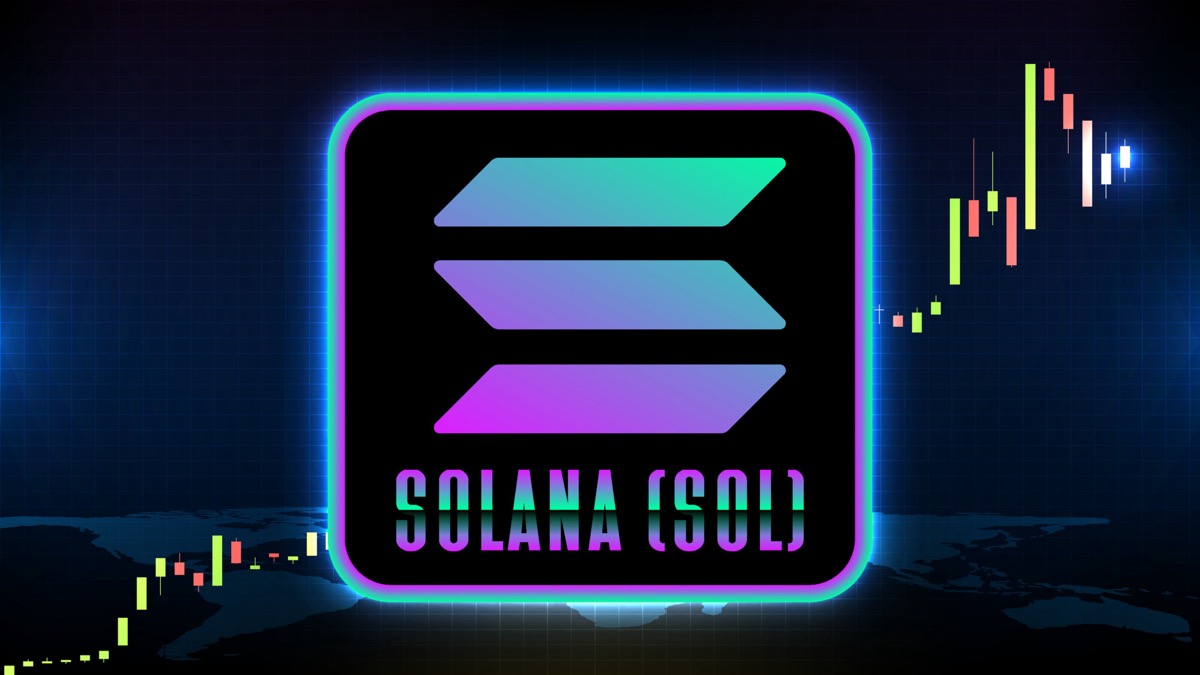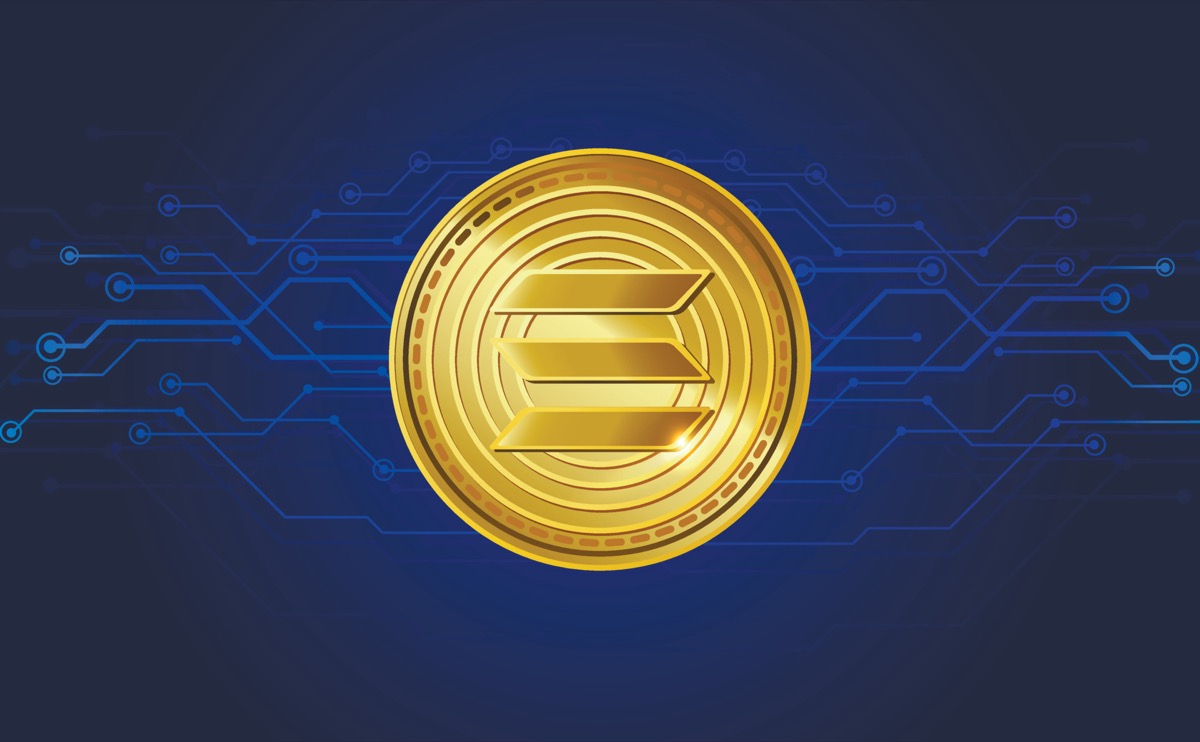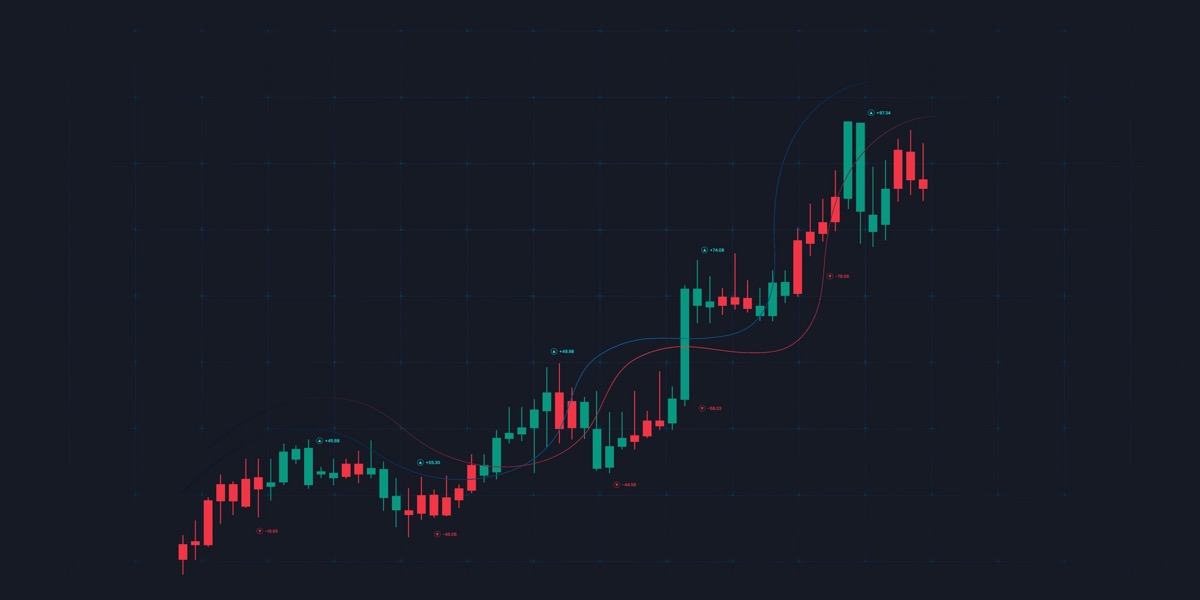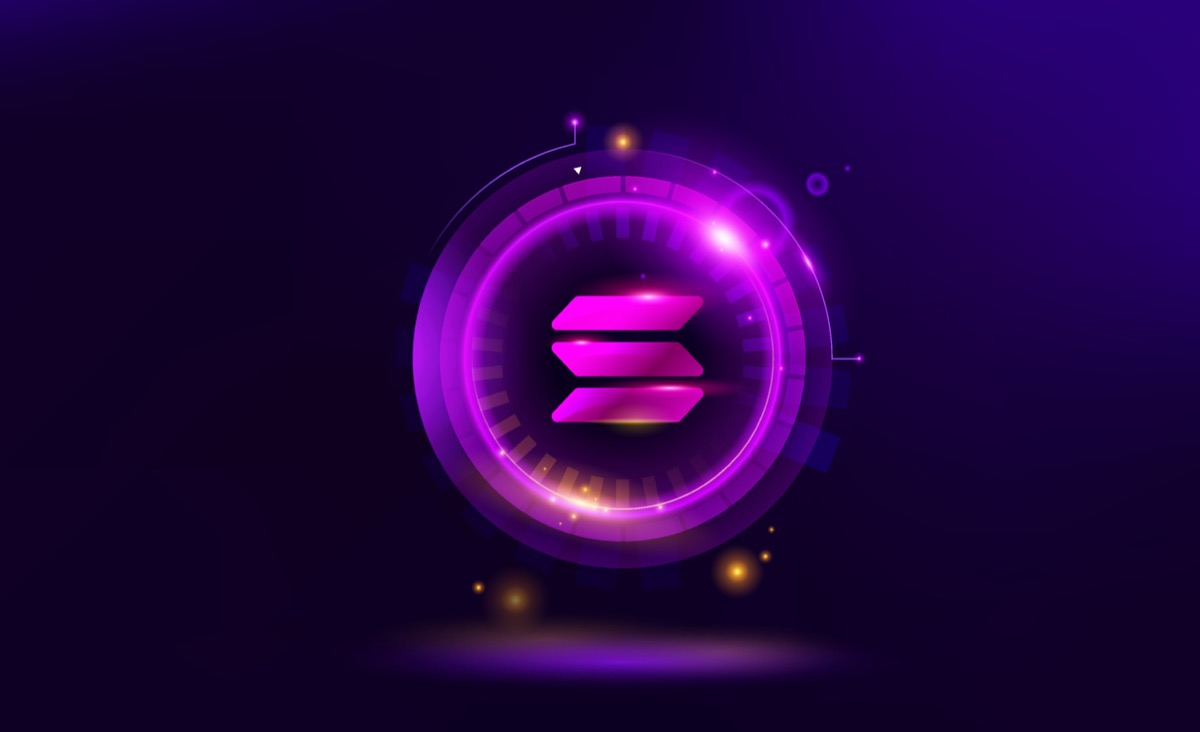
Launching a token on the Solana blockchain can feel like setting sail on a vast ocean of possibilities. But with hundreds or even thousands of new tokens drifting into view every week, how can you ensure yours doesn’t just vanish below the surface? The answer often lies in how prominently your token appears on platforms like DexScreener. That’s where a specialized Solana rank bot comes into play—an automated solution designed to nudge your token up the rankings, attract new holders, and ultimately increase liquidity and credibility.
In this guide, we’ll dive into the world of Solana rank bots—specifically SolARBa’s rank bot—exploring how they work, why they matter, and how to integrate them into your token’s launch and growth strategy. Whether you’re a first-time token creator or a seasoned project manager looking for that extra edge, read on to discover expert insights, practical steps, and real-world examples that will help your token stand out on DexScreener and beyond.
Understanding Token Visibility on DexScreener
Imagine you’ve just dropped a fresh token on the Solana network—exciting, right? But: did you know that when traders hop onto DexScreener, they often scroll through the highest-ranked tokens first? Those at the very top get disproportionately more attention and volume, fueling a virtuous cycle of liquidity and visibility. If your token languishes on page two or three, even the best utility or community can struggle to gain traction.
DexScreener’s ranking algorithm primarily considers trading volume, price changes, and liquidity dynamics. Essentially, tokens generating consistent buy and sell activity tend to rank higher. Yet achieving noticeable volume organically—especially for a newer project—can be a chicken-and-egg problem. Without volume, you don’t get visibility; without visibility, you don’t get volume. That’s why many projects turn to specialized automation tools like SolARBa’s Solana rank bot to create the initial push.
But it’s not only about artificial inflations of volume. A well-configured rank bot can simulate natural trading patterns, avoiding sudden spikes that might flag your project as suspicious. This delicate balance between volume and authenticity ensures your token climbs the rankings without triggering alarms on decentralized exchanges or drawing negative scrutiny.
Why DexScreener Ranking Matters
Before jumping into bots, let’s clarify why DexScreener ranking matters so much:
- First Impressions: Traders and investors often filter tokens by ranking—if you’re not in the top 50 or 100, chances are slim that they’ll scroll down to discover you.
- Liquidity Attraction: Higher-ranked tokens typically see more natural trading activity, as liquidity providers feel more confident allocating resources to visible projects.
- Credibility Signal: A token that consistently appears near the top of the list is perceived as more successful and less risky by newcomers.
- Network Effects: Better ranking feeds on itself—more visibility leads to more volume, which further improves ranking.
What Is a Solana Rank Bot?
At its core, a Solana rank bot is an automation script or service that executes buy and sell orders on your token pair (usually token/SOL) in strategic patterns designed to boost your token’s ranking on volume-centric platforms like DexScreener. Instead of one massive trade, which could create price distortions, a rank bot spreads out smaller trades over time—emulating organic trading behavior.
SolARBa’s rank bot specifically caters to Solana-based tokens. It connects directly to Solana decentralized exchanges (DEXs) and leverages SolARBa’s proprietary algorithms to determine optimal trade sizes, frequencies, and timings. The goal? Generate enough consistent volume to lift your token’s position in the rankings without sacrificing price stability or drawing undue attention from analysts.
Industry Context and Evolution
Throughout crypto history, projects have sought ways to improve visibility. Early Ethereum-based tokens relied on centralized exchanges listing, but as DeFi matured, ranking on decentralized analytics sites like DexScreener and CoinGecko became equally crucial for credibility. On Solana, where block times are measured in milliseconds, rapid trading and high throughput made it even more competitive to stand out. Rank bots emerged as a response to this environment, providing a way for tokens to achieve initial traction—especially during “token launches” or “airdrops” when you want to capture community attention quickly.
However, poorly implemented bots can backfire. In 2022, several projects on Ethereum faced accusations of “wash trading” when platforms detected unnatural trading patterns. Today, best-in-class rank bots focus on subtlety: slightly higher-than-average activity, randomized intervals, and natural-looking price ranges. SolARBa has studied these pitfalls and designed its Solana rank bot to maintain a low profile while maximizing beneficial impact.
How SolARBa’s Solana Rank Bot Works
SolARBa’s rank bot operates in three primary phases: setup, execution, and monitoring. Let’s walk through each phase:
1. Setup: Defining Objectives and Parameters
Before any code runs, you need to define clear objectives. Do you want a 10–20% boost in ranking for the first week? Are you aiming for sustainable volume over 30 days? SolARBa’s onboarding process starts with a questionnaire to understand your project’s goals, current community size, and budget.
Key parameters include:
- Target Pair: Usually your token paired with SOL on a specific DEX.
- Budget Allocation: Total SOL (or stablecoins) you’re willing to commit to rank-boosting activities.
- Trade Frequency: How often trades should execute (e.g., every 10–30 minutes).
- Trade Size Range: Minimum and maximum trade amounts designed to simulate real user behavior—too small, and volume impact is negligible; too large, and price slippage becomes an issue.
- Price Impact Constraints: Maximum acceptable slippage or price deviation for each trade to avoid sudden spikes or crashes.
Once these parameters are set, SolARBa provides a tailored configuration file or dashboard access where you can tweak settings in real time.
2. Execution: Simulating Natural Trading Patterns
With parameters locked in, the Solana rank bot begins deploying trades. Instead of one lump-sum purchase, it will:
- Randomize trade intervals within a user-defined window (e.g., 12–28 minutes).
- Vary trade sizes between the predefined minimum and maximum.
- Alternate between buy and sell orders to maintain overall balance—this helps preserve your token’s price stability.
- Monitor on-chain metrics—if slippage or price impact crosses a threshold, the bot will pause or reduce trade size automatically.
- Log each trade to a secure SolARBa dashboard, providing transparency and auditability.
By mimicking the behavior of multiple distinct wallets, the bot creates the appearance of broad community participation. This nuance is crucial: It avoids red flags that can arise if dozens of rapid trades all originate from the same wallet address.
3. Monitoring and Adjustment
No strategy is set-and-forget. The market environment can change—new tokens launch, whale trades occur, or network congestion spikes. SolARBa’s platform continuously analyzes metrics like:
- Token’s real-time ranking on DexScreener
- Average daily trading volume across multiple DEXs
- Price volatility and slippage rates
- Order book depth (to assess liquidity resilience)
Based on these data points, the Solana rank bot will recalibrate trade sizes or adjust frequency. For instance, if a significant whale sale drops the price more than 8%, the bot might pause selling activity for a short recovery period. These dynamic safeguards help maintain a healthy balance between boosting volume and protecting token value.
Expert Insights: Why Automated Strategies Trump Manual Efforts
“Human-driven trading strategies simply can’t match the precision and consistency of an automated rank bot,” says Jessica Nguyen, DeFi strategist at CryptoWave Consulting. “When you try to manually place trades every hour, you risk falling asleep or getting pulled away by other tasks. A rank bot runs 24/7, adhering strictly to your predefined limits and adapting in real time to on-chain conditions.”
Another advantage: automated logging. Manual strategies often lack detailed records of every trade, making it difficult to analyze what worked and what didn’t. SolARBa’s dashboard logs every order with timestamps, sizes, and resulting price impacts, giving teams clear data to refine their approach.
“In the fast-paced Solana ecosystem, missing even one optimal trading window can cost you dozens of positions in the ranking,” adds Marcus Lee, Solana developer and consultant. “Bots remove that latency—executing trades exactly when conditions are right.”
Pros and Cons of Using a Solana Rank Bot
Like any strategy, rank bots come with advantages and trade-offs. Here’s a balanced look:
Pros
- Consistent Volume Generation: Automatic trades ensure steady activity without manual intervention.
- Improved Visibility: Higher DexScreener rankings attract real traders and liquidity providers.
- Customizable Controls: Advanced parameters (e.g., slippage limits) help preserve token stability.
- Detailed Analytics: Comprehensive logs allow data-driven adjustments for better ROI.
- Time and Resource Efficiency: Frees up your team to focus on project development rather than manual trading.
Cons
- Cost: Committing SOL to automated trading reduces immediate funds available for other initiatives (e.g., marketing, liquidity mining).
- Regulatory Scrutiny: Although designed to mimic organic trades, rank bots can still raise questions if patterns appear unnatural—especially in highly regulated jurisdictions.
- Overemphasis on Short-Term Metrics: Boosting rankings doesn’t guarantee long-term community growth; fundamentals still matter.
- Technical Risks: Misconfigured parameters (e.g., too-large trade sizes) can trigger excessive slippage or even drain your SOL reserves.
Actionable Takeaways: Integrating Rank Bots into Your Launch Strategy
You don’t have to choose between organic growth and automation. Instead, use rank bots as a complementary tool within a broader strategy:
- Pre-Launch Marketing: Build community engagement—Twitter/X threads, Discord AMAs, and targeted airdrops—to ensure genuine interest before deploying rank bots.
- Bot-Driven Kickstart: Use the Solana rank bot for the first 7–14 days post-launch to secure a top-100 ranking, but simultaneously run organic campaigns (influencer partnerships, liquidity incentives).
- Mid-Launch Adjustments: Monitor analytics every 48 hours. If price volatility exceeds 7%, pause or reduce bot activity. If ranking plateaus, consider rotating additional wallets or increasing trade frequency.
- Transition to Organic Growth: After initial traction, gradually scale back bot activity over 2–3 weeks while amplifying organic efforts—staking rewards, governance airdrops, or community farming.
- Continual Monitoring: Even after you phase out aggressive bot usage, keep SolARBa’s dashboard active to detect sudden market shifts or whale movements that could impact your token.
Frequently Asked Questions
1. Will using a rank bot hurt my token’s reputation?
Not if you use a reputable service like SolARBa’s rank bot. The key is to configure the bot with realistic trade sizes, randomized intervals, and strict slippage limits. Transparency matters too—make sure to disclose to your community that you’re using automation strategically rather than resorting to wash trading. When done correctly, a rank bot can signal strength and momentum rather than undermine credibility.
2. How much budget should I allocate for rank bot activities?
Budget depends on your goals and token economics. As a rule of thumb, allocate at least 5–10% of your total marketing budget to rank bot activities during the initial launch. For smaller projects, this might mean 10–20 SOL; for larger projects, it could be 100 SOL or more. Always run a simulation first—SolARBa’s platform can estimate potential rank improvements for a given budget.
3. Can I run the rank bot indefinitely?
Technically, yes, but it’s often not advisable. Long-term reliance on rank bots can drain your SOL reserves and might draw unwanted regulatory attention if patterns become too predictable. Instead, use the rank bot for a defined “initial visibility phase” (usually 2–4 weeks), then pivot to organic initiatives that sustain growth—community-building, partnership integrations, and ongoing development milestones.
4. How does the rank bot differ from a volume bot?
While both bots aim to boost token activity, a volume bot typically focuses on generating raw trading volume without particular emphasis on ranking algorithms. In contrast, a rank bot is calibrated specifically to optimize for metrics DexScreener uses—touching on trade frequency, interval randomness, and on-chain order book analysis. On SolARBa’s platform, you can run both simultaneously or separately depending on your objectives.
5. Will rank bot activity be visible on-chain?
Yes—every transaction executed by your wallets is publicly visible on Solana explorers. However, because the bot cycles through multiple addresses and randomizes amounts and timings, it’s harder for casual observers to identify a coordinated pattern. Serious analysts with advanced tooling might still detect clustered activity, which is why setting realistic parameters is crucial.
Conclusion and Next Steps
In today’s hypercompetitive Solana ecosystem, standing out requires more than just a great whitepaper or an engaging roadmap. Your token’s ranking on platforms like DexScreener is a critical signal for traders and potential partners—one that can dramatically influence your project’s trajectory. By integrating SolARBa’s Solana rank bot into your launch strategy, you gain consistent volume generation, enhanced credibility, and a solid foundation for organic growth.
Ready to see how a rank bot can transform your token’s visibility? Contact SolARBa today to schedule a personalized demo and find out why so many Solana projects trust our rank and volume bots to give them the competitive edge they need.
Have thoughts or experiences to share? Drop a comment below and join the conversation—let’s help the Solana community grow together!

